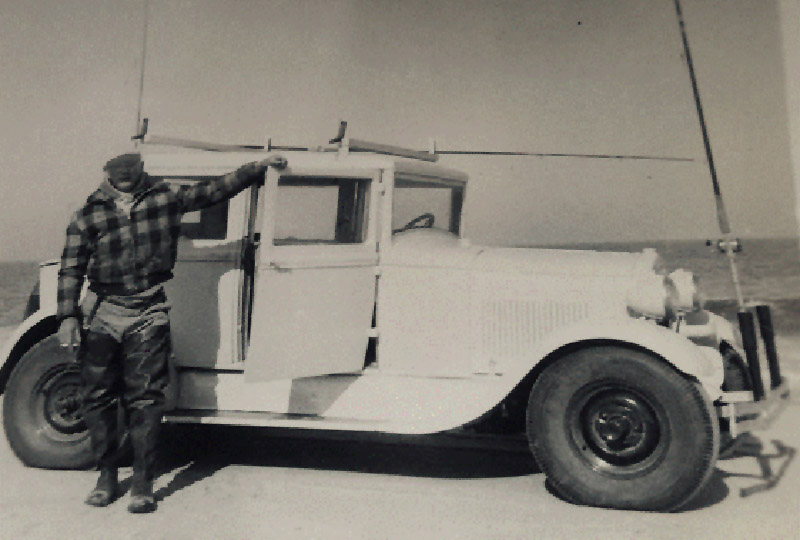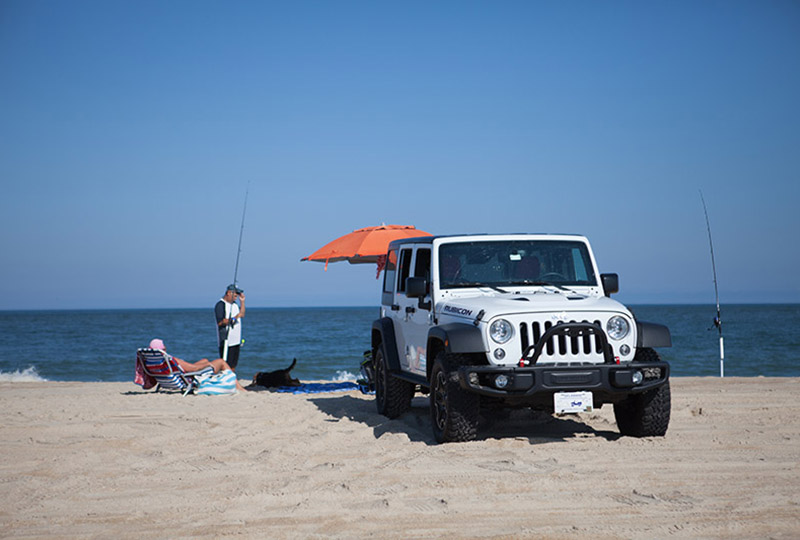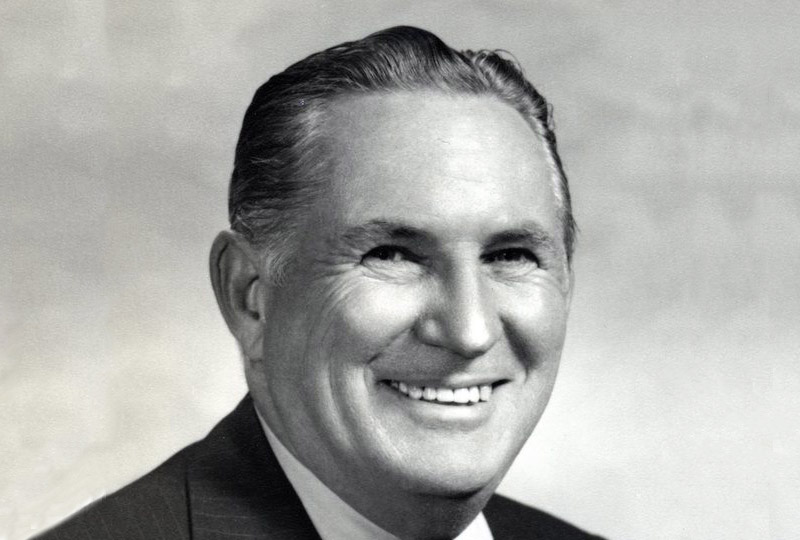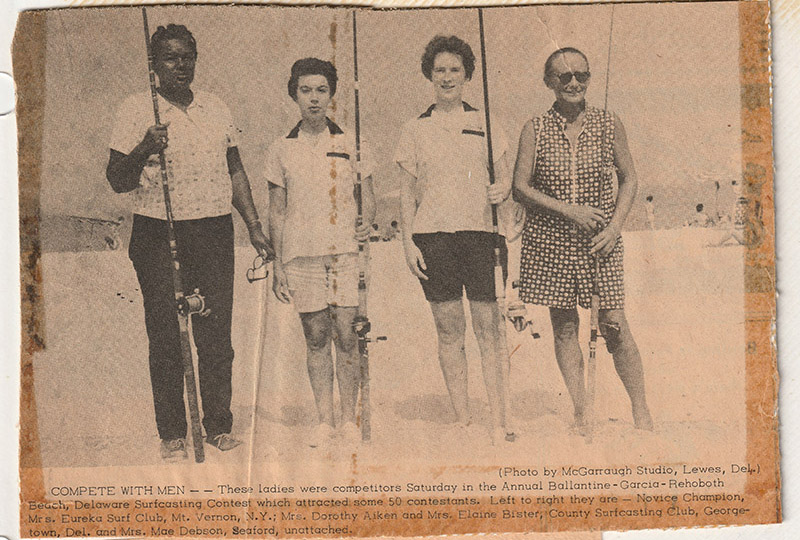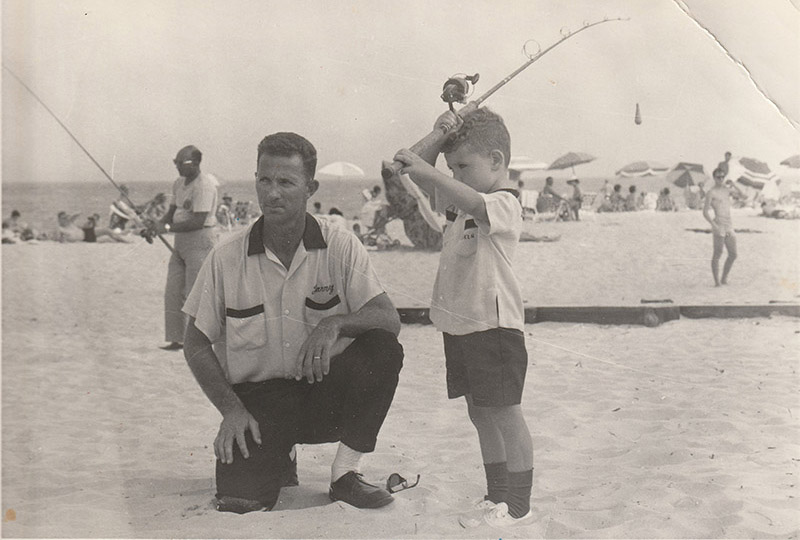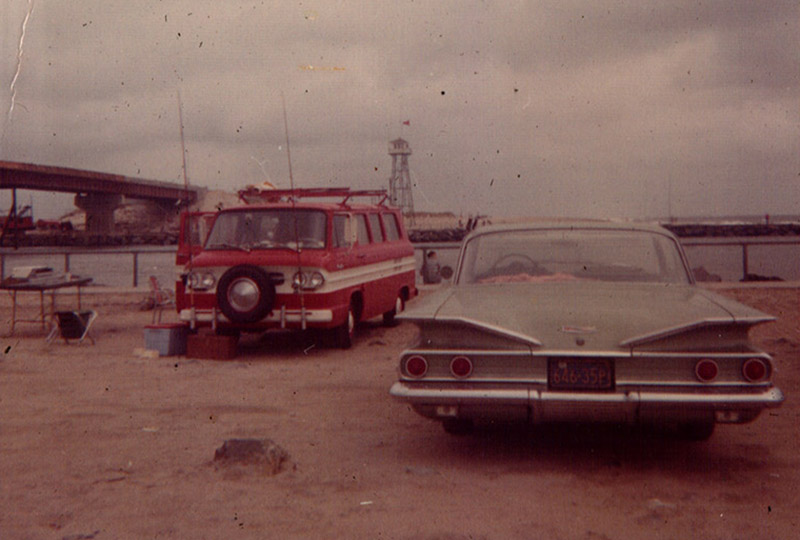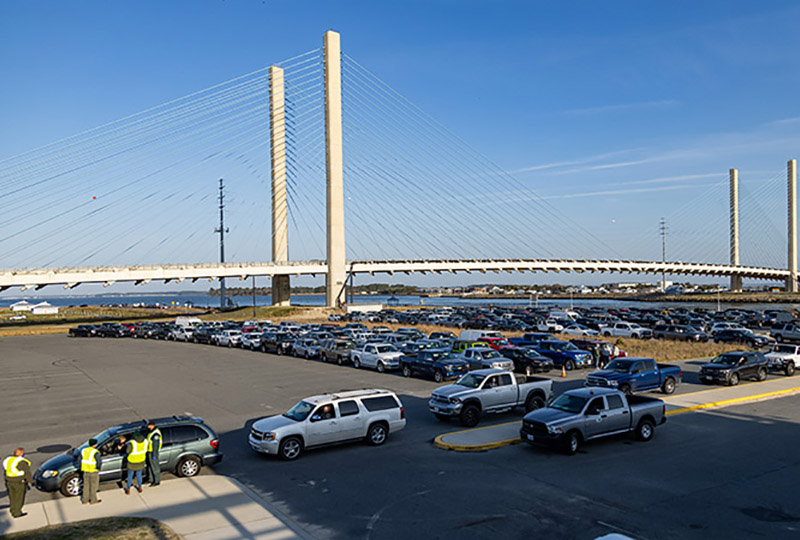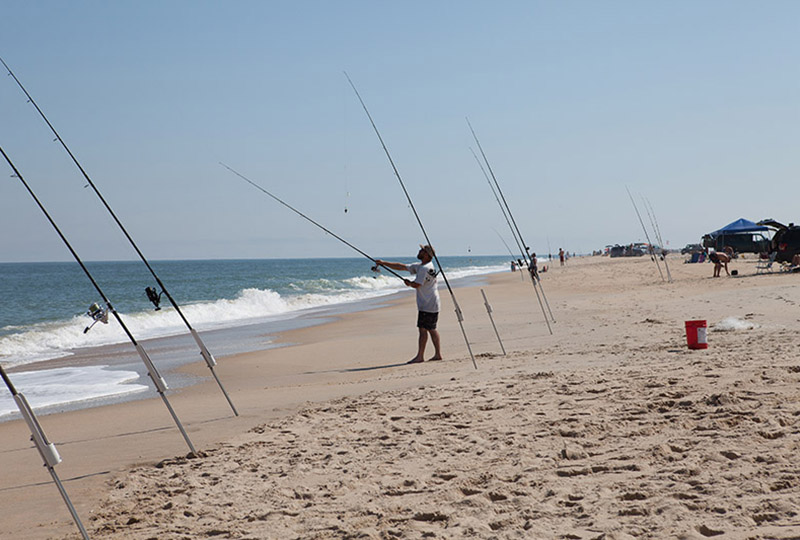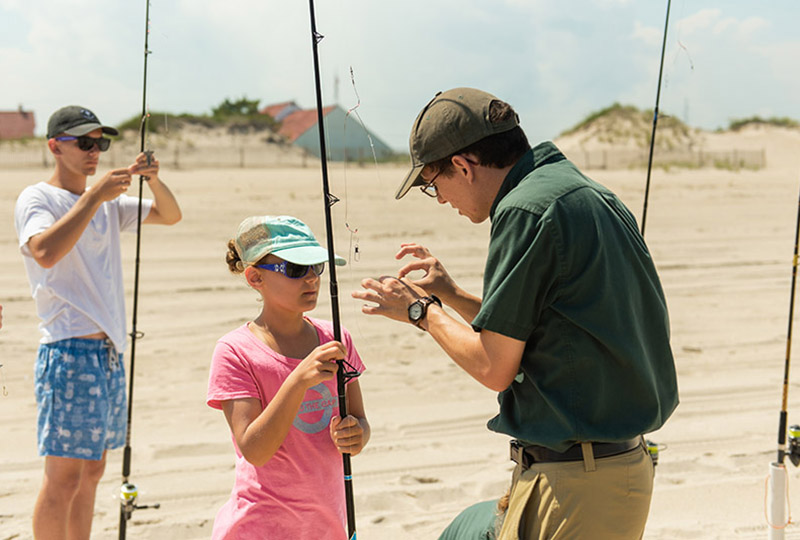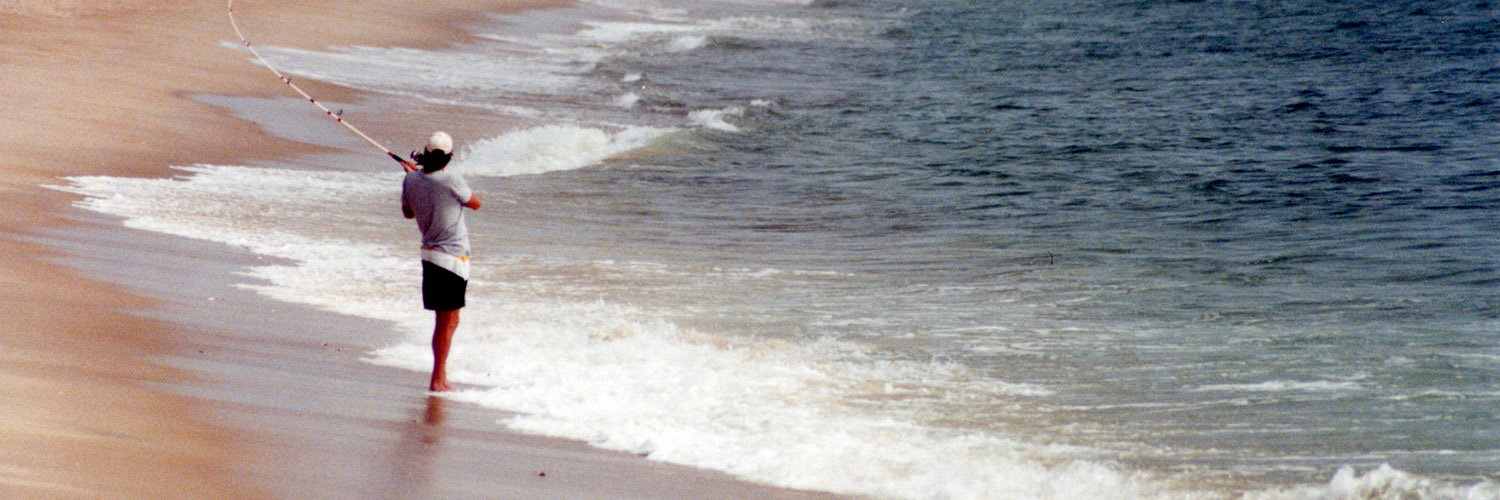

Scroll down to listen to surf fishing oral histories.
Surf Fishing History
For generations, surf fishing has been one of the most popular activities along the beaches of Delaware. Today, the Delaware Division of Parks and Recreation provides four surf fishing areas, located within Cape Henlopen State Park, Delaware Seashore State Park and Fenwick Island State Park. To access these parks for surf fishing, a visitor’s vehicle must meet certain requirements and display an active surf tag.
Surf Fishing History Gallery
The first surf tags were registered in 1969. These were numbered steel license plates and could be purchased for $2.00. Each year, a new license plate needed to be purchased and it soon became popular for collectors to match up their plate number with their car license plate, and even sometimes their house number, hunting license number, and other important numbers for the individual. Eventually, the steel plates were replaced by lighter, aluminum plates. These were less expensive to reproduce and look very similar to the ones that are seen today.
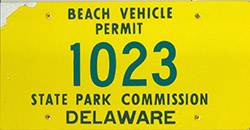
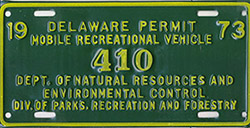
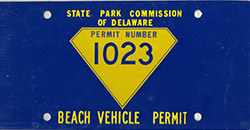
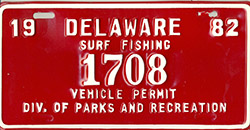
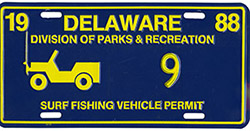
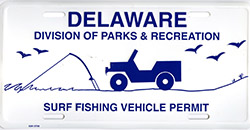
These surf fishing plates from 1969, 1973, 1978, 1982, 1988 and 1993 show a few of the many designs over the years.
With the growth of surf fishing in the 1970s, the number of vehicles coming onto Delaware beaches continued to increase. To restrict this surge in volume, a new odd/even plan was implemented where vehicles could only access the area on specific days of the week. However, the idea was not popular and only lasted for a few years.
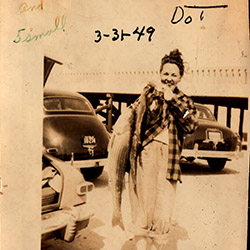
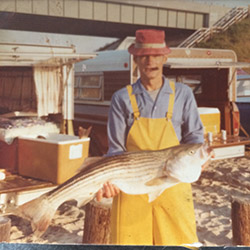
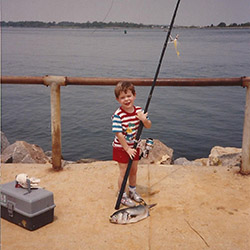
Visitors show off bountiful catches at the Indian River Inlet in 1949 (left), 1977 (center), and 1992 (right).
Images courtesy of Charles Mayo (left), Holly Conaway-Seramone (center), and Martine Gue (right).
While surf fishing along Delaware’s coastline has been enjoyed by many generations of visitors, it would be impossible for this sport to prosper today if not for the past and current efforts of Delaware State Parks, the Delaware Mobile Surf Fishermen, elected officials, and other concerned citizens.
To learn more about surf fishing at Delaware State Parks – including permits, rules, and education – check out the links in the blue box on the right side of this page.
Surf Fishing Oral History
A Delaware tradition, surf fishing is one of the most popular activities at our beach parks today.
While surf fishing continues to draw visitors, Delaware State Parks recognizes the importance of the individuals who took part in the early days of the sport. Here, we’ve recorded and shared some of their memories to illustrate the growth of surf fishing since the mid-twentieth century.
Click the links below to hear memories from three surf fishermen: Harry Aiken, Butch Evans, and Clark Evans (father/son).
All interviews were conducted by Delaware State Parks Cultural Resource Unit Manager, Tom Summers.
| Title of Recording | Player(s) and Information |
|---|---|
Harry Aiken | |
| Early days |
Harry shares some of his earliest surf fishing memories |
| Casting |
Changes in technology popularize the sport |
| Accessing the Beach |
Reaching the beach while protecting the environment |
| “In the Line of Fire” |
A memory of casting across the inlet |
| Spot and Wells |
Using the right bait |
| The Best Surf Fishing |
Remembering a golden era of big fish |
| Timing Your Catch |
A master’s technique for surf fishing |
Clark Evans and Butch Evans (father and son) | |
| Beach Buggies |
The first surf fishing vehicles |
| “Nobody lived at the beach” |
Early Sussex County surf anglers |
| Custom Rods |
Evolving surf fishing technology |
| Surf Fishing Season |
When is the best time to surf fish? |
| King Fish |
What did people catch? |
| Allure of Surf Fishing |
Why is surf fishing so popular? |
| Variety of Bait |
Using the right bait, part II |
| Jeeps and Pick Ups |
Traveling on the beach |
Visit the Oral History page for more historical recordings from Delaware State Parks

